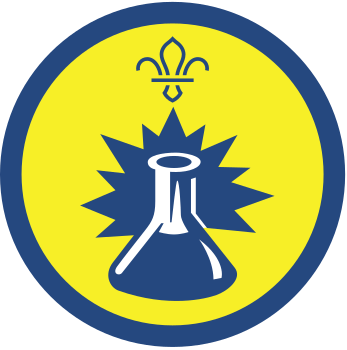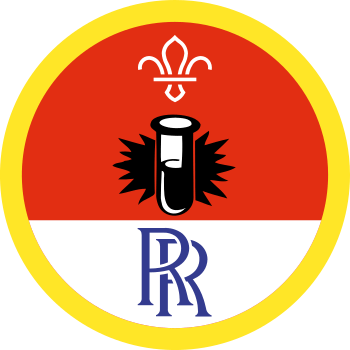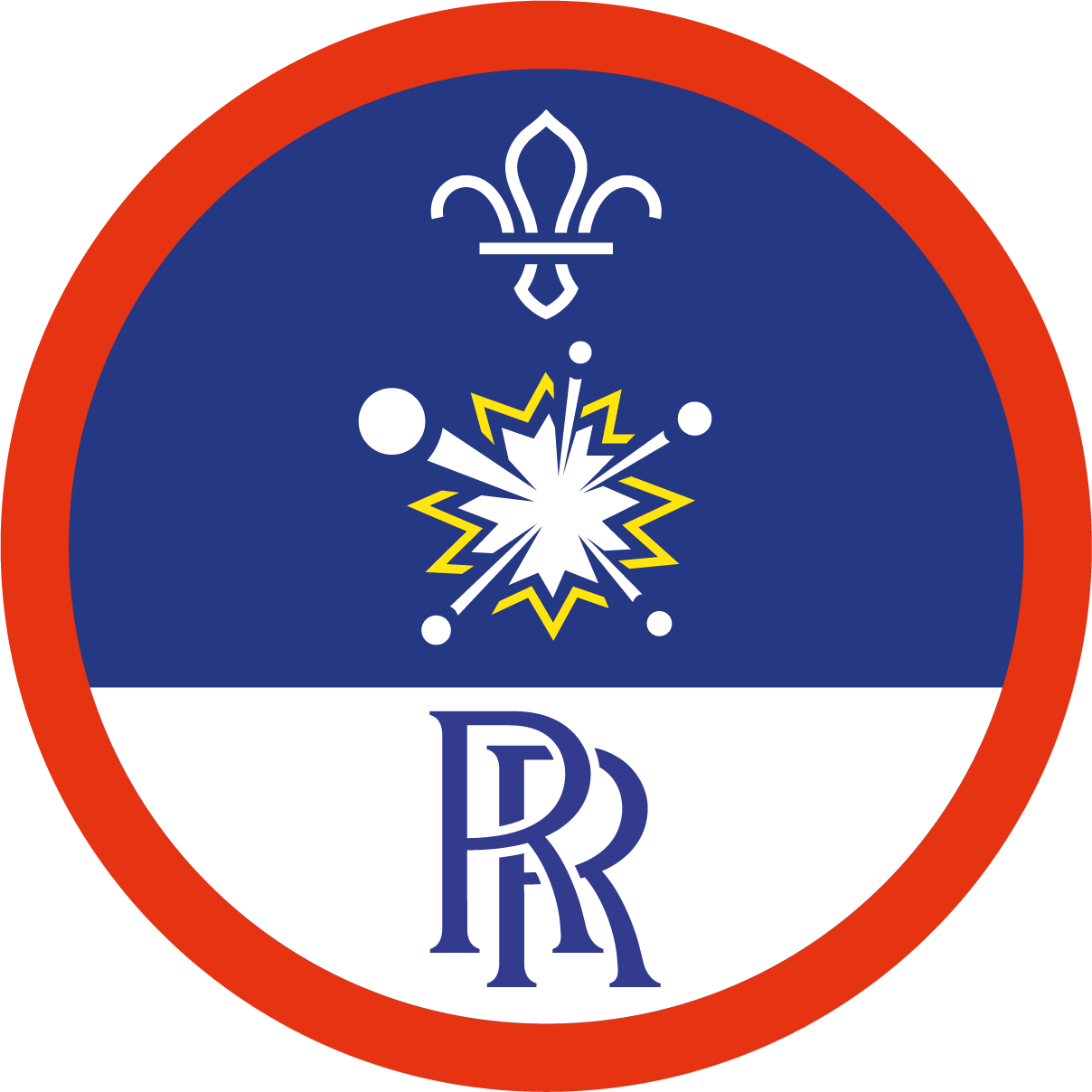
Make invisible ink
You’ll need
- Lemon juice
- Water
- Tablespoons
- Cups or small bowls
- Plain paper (unbleached works best)
- Paintbrushes or cotton buds
- String
- Clothes pegs
- Hairdryer
- Access to electricity
Before you begin
- Use the safety checklist to help you plan and risk assess your activity. There's also more guidance to help you carry out your risk assessment, including examples.
- Make sure all young people and adults involved in the activity know how to take part safely.
- Make sure you’ll have enough adult helpers. You may need some parents and carers to help if you’re short on helpers.
Planning and setting up this activity
- Set up a table and area for people to use the hairdryer. There’ll need to be somewhere safe to plug in the hairdryer. Make sure there are no liquids near the hairdryer and electricity supply, and that no one going to trip over wires/cables. Young people should always be supervised by an adult when using the hairdryer.
- Check for allergies and intolerances for using lemons, then adjust the food items used as needed.
- Use string to create a washing line to hang the secret messages on to dry them. The washing line should be within reach of the hairdryer. You could tie the string between two chairs or table legs.
Make your invisible ink
- Gather everyone together and tell them you’re going to make invisible ink.
- Ask everyone to get into pairs. People could pair up with a friend or you could use it as an icebreaker activity.
- Give out some paper and paintbrushes. Natural or recycled paper that’s unbleached will work best, as it’s not been treated with chemicals.
- Pour out the bottle of lemon juice into a few bowls or cups, then give them out. You could add some water, as this’ll make it even more invisible and harder to see. You just need to add a few drops of water.
- For older groups, they could chop and use fresh lemon. They’d need to carefully cut it in half on a chopping board with a knife, and juice half of it into a cup or small bowl.
- People should use the lemon juice to write their message on a piece of paper. It could be a simple hello, their favourite thing to do in Scouts, a fun fact about themselves, or something they like about the person they’re writing to, such as ‘You tell the best jokes’.
- Once people have written their message, they should write the name of the person it’s to in pen and leave to dry. You could hang them on the washing line. It can take up to 30 mins for the messages to dry. As it dries, the lemon juice becomes harder to see. You could play a game or another short activity, while everyone waits for their secret messages to dry. You could keep with the secret messages theme with this code cracking activity
- Once the messages are dry, people should collect the message that has their name written on it in pen.
Reveal your message
- When the messages are dry, people can use the hair dryer to reveal them.
- In turns or in small groups, people should peg their message to the washing line. This is so it can’t blow away.
- Once the message is hung on the washing line, carefully use the hairdryer to gently warm up the paper, to reveal the message. Always have adult supervision and hold the hairdryer away from the paper to stop the paper from catching on fire. You can move the hairdryer around the paper to reveal the message. You could also try placing the paper on a warm radiator
- You may wish to have more than one hairdryer set up for people to use, making sure each one has adult supervision.
- Once everyone’s revealed their message, gather back in a circle. Anyone who wants to can reveal their message. They could try to guess who it’s from.
How does it work?
- Ask everyone why they think this experiment worked. You could ask the following questions:
-
- What is it about the lemon juice that makes this work?
- What does the hairdryer do? How does the heat affect the lemon juice?
- Do you think this would work with other liquids? What sort of liquid would be needed?
- Can you think of another way to reveal the message? What other ways could you heat up your invisible ink to reveal what it says?
- Does it matter which side of the paper you expose to the heat?
- You could change something about the experiment and try it again. Can you think of a way to make your message clearer? You could change the amount of water you use or how you write your message.
Lemon juice is organic. This means made out of carbon compounds. These carbon compounds are colourless at room temperature. This means we can’t see them.
The heat from the hairdryer causes a chemical reaction. When you heat the lemon juice, the carbon compounds break down, releasing the carbon. The released carbon reacts to oxygen in the air, and this reaction makes the lemon juice turn a darker colour. The means your invisible message becomes visible. This process is called oxidation.
You may have seen oxidation happen before. When you cut a piece of fruit, such as a banana or an apple, and leave on a plate for too long, it can turn brown. Oxidation is what makes it turn brown. Some oxidation doesn’t need heat to occur, but just needs to come into contact with oxygen.
Other ways of writing secret messages
Other natural ingredients that can be used to make invisible ink using the same method as the lemon juice. They can be revealed with a hairdryer. These include:
- Vinegar
- Orange juice
- Honey
- Milk
You'll need:
- Bicarbonate of soda
- Water
- Grape juice
Instructions
- Mix an equal amount of baking soda, with an equal amount of water, such as a tablespoon of each. Mix them together until the baking soda dissolves completely.
- When it’s completely dry, use a paintbrush to lightly paint grape juice over the paper to read your message.
- This works because the grape juice, which is an acid, reacts with the bicarbonate of soda (a base) to change the colour of the paper.
You'll need:
- White crayon
- White paper
- Watercolour paints (or food colouring mixed with water)
- Water
Instructions:
- Write your message on white paper with a white crayon. Paint over the message with watercolour paints, or a mix of water and food colouring, to reveal the message.
- This works because the liquid will stick to the paper, but not to the wax of the crayon. Wax is hydrophobic, which means the wax pushes the liquid away, so the paper doesn’t absorb it. The rest of the paper absorbs the colour, revealing the message.
Reflection
In this activity, everyone had chance to try a fun experiment, learn about reactions, and use science skills such as following instructions and making adjustments based on what they observed.
People have been inventing and using invisible inks for hundreds of years. During the first world war, spies used lemon juice to share details about troop movements. Guy Fawkes and the people involved in the Gunpowder Plot in 1605 used orange juice to send each other secret messages. Can you think of other ways to share secret messages? Can you think of any other ways invisible messages are shared?
Today, people often security marker pens to add personal details to valuable property, such as bikes or laptops. UV lights can then be used to reveal these details.
Safety
All activities must be safely managed. You must complete a thorough risk assessment and take appropriate steps to reduce risk. Use the safety checklist to help you plan and risk assess your activity. Always get approval for the activity, and have suitable supervision and an InTouch process.
- Science
Supervise young people, and only do science activities that are advised and age appropriate for your section. Test activities first, to make sure you’re confident you can lead them safely. Use protective clothing where necessary.
- Electrical equipment
Inspect cables for any damage before each use. A responsible adult should supervise people using equipment, and people should follow instructions on how to use them correctly and safely. They should be properly maintained and stored. Be extra cautious of trailing cables and water when using electric equipment.
- Sharp objects
Teach young people how to use sharp objects safely. Supervise them appropriately throughout. Store all sharp objects securely, out of the reach of young people.
- To make this activity easier, you could have some ideas of messages that people could send and have all the materials prepared, such as lemons juiced, before the session.
- You could try making your own paper and try writing secret messages on that, too. How well does this work compared to using paper you've bought? Why do you think this is? If you're making your own paper, it usually takes a few days to dry, so plan this in for an earlier session or during a longer camp.
- If people find writing difficult, they could draw something instead, or work in together in pairs to create their messages. People could also work with an adult or young leader.
- Working in pairs, people could split the tasks, Some people could write the messages, and some could lead on revealing the messages.
All Scout activities should be inclusive and accessible.
If you enjoyed this activity, you could try experimenting with other natural ingredients to see how well they make invisible ink and find the best method. You could try using orange juice, milk, honey or vinegar, or combinations of all these, as they’re all acidic. Milk is the least acidic.
Let young people experiment with different ways to make invisible ink, either with different natural ingredients or by using more and less lemon juice.


